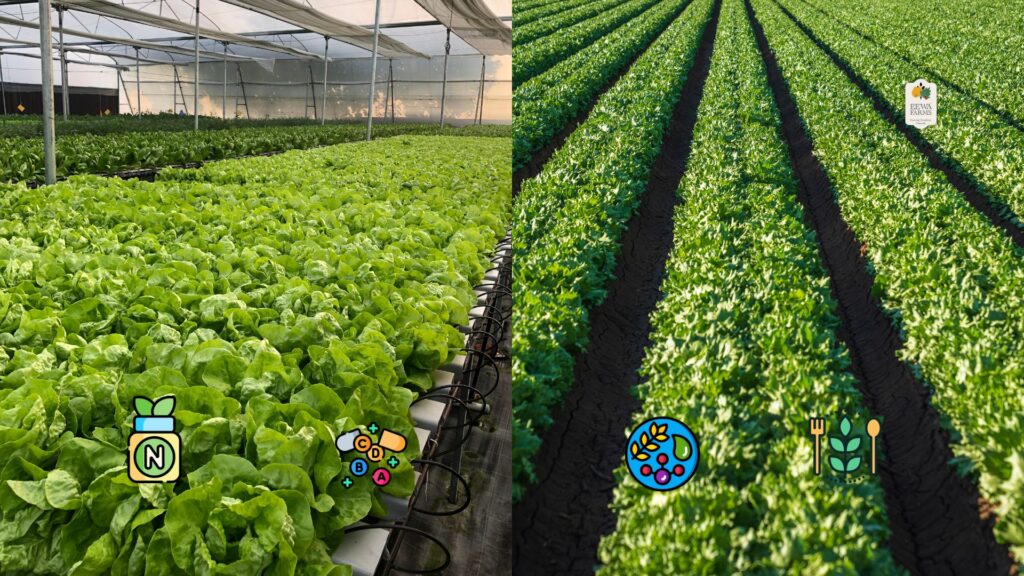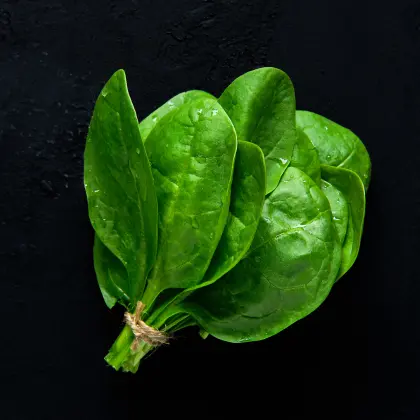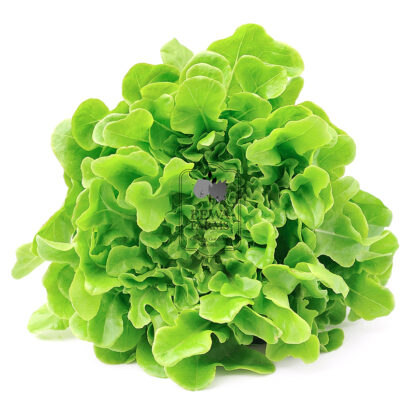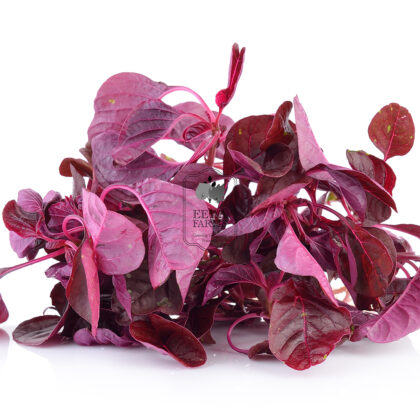
Nutritional Variability in Hydroponic vs. Soil-Grown Greens

Leafy greens are a vital source of essential vitamins, minerals, and antioxidants. However, their nutritional content varies based on cultivation methods. Hydroponic farming, which involves growing plants in a nutrient-rich water solution, is often compared to traditional soil-based farming in terms of nutrient density and bioavailability. This article explores the differences in nutritional composition between hydroponically and soil-grown greens, analyzing factors that influence their overall quality and health benefits.
Nutrient Absorption and Availability
Nutrient absorption in plants depends on the growing medium and environmental conditions.
- Hydroponic Greens: These plants receive a carefully calibrated nutrient solution, ensuring consistent availability of essential elements such as nitrogen, phosphorus, potassium, and trace minerals. The direct delivery of nutrients enhances uptake efficiency, leading to optimal plant growth and uniform nutrient composition.
- Soil-Grown Greens: Soil quality varies based on location, weather conditions, and farming practices. Factors such as pH levels, organic matter content, and microbial activity influence nutrient availability. Deficiencies in soil nutrients or excessive fertilization can lead to inconsistent nutritional profiles in plants.
Vitamin and Mineral Content
Scientific studies indicate that hydroponically grown greens often match or even surpass soil-grown greens in terms of nutrient density.
- Vitamin C: Research suggests that hydroponic lettuce and spinach may contain higher levels of vitamin C due to controlled environmental conditions and reduced oxidative stress.
- Iron and Magnesium: While soil-grown greens can absorb minerals from naturally occurring sources, hydroponic systems supplement these micronutrients in precise amounts, ensuring availability without soil-based contaminants.
- Antioxidants and Phytochemicals: Some studies report higher levels of polyphenols and flavonoids in hydroponically grown leafy greens due to optimized growing conditions that enhance secondary metabolite production.
-
Sale!
 This product has multiple variants. The options may be chosen on the product page
This product has multiple variants. The options may be chosen on the product pageSpinach Large Leaf (Hydroponically Grown)
₹55.00 – ₹538.00 -
Sale!
 This product has multiple variants. The options may be chosen on the product page
This product has multiple variants. The options may be chosen on the product pageRosemary (Hydroponically Grown)
₹49.00Original price was: ₹49.00.₹45.00Current price is: ₹45.00. -
Sale!
 This product has multiple variants. The options may be chosen on the product page
This product has multiple variants. The options may be chosen on the product pageLettuce Locarno (Hydroponically Grown)
₹84.00Original price was: ₹84.00.₹65.00Current price is: ₹65.00. -
Sale!
 This product has multiple variants. The options may be chosen on the product page
This product has multiple variants. The options may be chosen on the product pageAmaranth (Hydroponically Grown)
₹60.00 – ₹228.00
Environmental Influence on Nutrient Retention
Environmental factors such as temperature, humidity, and water availability play a critical role in determining nutrient retention.
- Hydroponic Greens: Grown in controlled environments, these greens experience minimal fluctuations in temperature and humidity, preserving nutrient stability from seedling to harvest.
- Soil-Grown Greens: Exposure to extreme weather conditions, soil erosion, and inconsistent watering can result in nutrient loss or dilution, affecting overall quality.
Post-Harvest Nutrient Degradation
The time between harvesting and consumption influences the nutrient retention of leafy greens.
- Hydroponic Greens: Often grown in urban or local farms, hydroponic produce reaches consumers faster, minimizing degradation of heat-sensitive vitamins such as vitamin C and folate.
- Soil-Grown Greens: Frequently transported over long distances, soil-grown greens may experience nutrient loss due to prolonged storage and exposure to fluctuating temperatures.
Conclusion
Both hydroponic and soil-grown greens offer nutritional benefits, but hydroponic farming provides a controlled, efficient system that optimizes nutrient uptake and retention. By eliminating soil inconsistencies and reducing post-harvest losses, hydroponic cultivation ensures fresh, nutrient-dense produce for consumers. As demand for sustainable and high-quality food increases, hydroponic farming presents a viable alternative to traditional agriculture.



